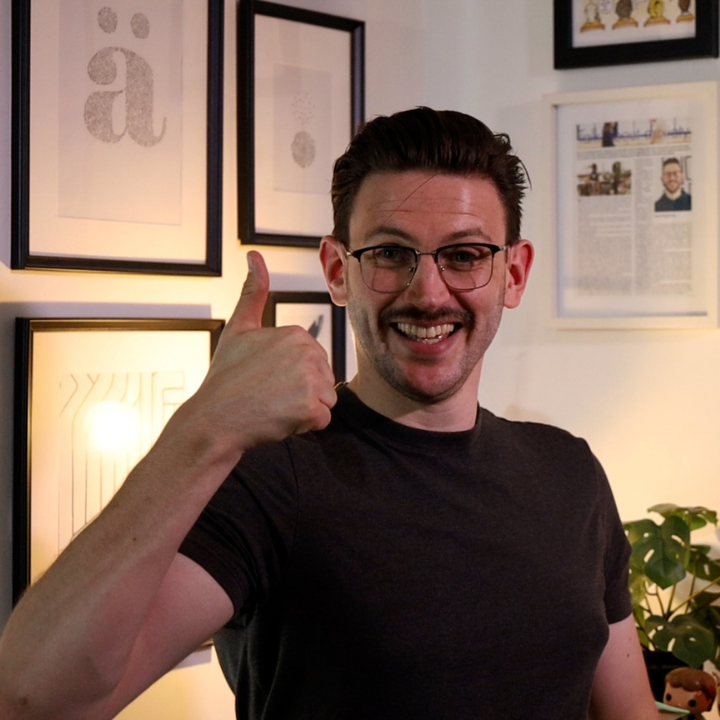When does a construction project become notifiable to the HSE?

Overview
Ever heard the term “notifiable project” and wondered what it means? If you work in construction, you need to know about the Construction (Design and Management) Regulations 2015.
CDM applies to every construction job. However, for bigger or riskier projects, you have to tell the Health and Safety Executive (HSE) that you’re starting work. That’s called making a project notifiable.
This Risk Fluent guide explains what a notifiable project is, when you must notify the HSE, and how to do it. Let’s get into it!
When does a construction project become notifiable to the HSE?
What is CDM?
CDM stands for Construction (Design and Management) Regulations 2015. It’s a set of rules that helps make building work safer and better managed.
Important! CDM applies to every construction project, no matter how small. That includes:
- Building a shed
- Replacing a roof
- Putting up a garden wall
The bigger or riskier the job, the more planning and paperwork you’ll need to do. The goal is to manage risks in a manner that aligns with the project’s objectives.
What is a Notifiable Project?
A notifiable project is a construction job that’s big or long enough that you must tell the HSE before you begin. You do this using a form called the F10.
A project becomes notifiable when any one of these things is true:
- It lasts more than 30 days and has more than one worker on site at the same time
- It will involve more than 20 workers on site at any time
- It will take more than 500 person-days of work
A person-day means one person working for one day. If five people work for 100 days, that’s 500 person-days.
What Do You Need to Do?
If your project meets any of the above points, you must notify the HSE. Here’s how:
1. Use the F10 Form
Search online for “HSE F10” or “CDM F10” and you’ll find the form. It’s simple to fill in.
2. Who Fills It Out?
The client (the person paying for the work) must ensure the form is completed. Don’t panic. Your contractor or designer may help you.
3. Domestic Clients
If you’re having big work done on your home, you still have duties under CDM. You may want to obtain advice or training. The good news? You can pass your legal duties to your contractor, more on that in another post!
Need Help?
If you’re unsure whether your job is notifiable or how to handle it, talk to your contractor, designer, or HSE. Better yet, get in touch with us at Risk Fluent.
We help with:
- Health and safety advice
- Risk assessments
- CDM compliance
- Custom-made safety videos and training
Final Thoughts
Notifiable projects aren’t only for big developers. Even small builders can undertake projects that require reporting. Understanding when and how to do this keeps your project safe and legal.
Don’t forget:
- CDM applies to all construction work
- You need to notify the HSE for bigger or longer jobs
- Use the F10 form to do it
- Clients carry the duty, but can get help!
Check out our CDM Introduction Video if you’re new to all this, and visit riskfluentltd.com for more support.
Stay safe and build smart!
Ready to talk?
Let’s get together on a call to see where we can support you and add value to your business with structured health & safety consulting.
Let’s talk
For a quote, complete the form below and arrange a discovery call where we can chat though your requirements.

Has over 12 years of experience in safety and fire across various industries like healthcare, housing, and manufacturing. As the Managing Director at Risk Fluent and host of the “Rebranding Safety” podcast and YouTube channel, he is committed to making safety discussions engaging. James’s innovative approach and dedication to rebranding safety have made him a respected figure in the field.





